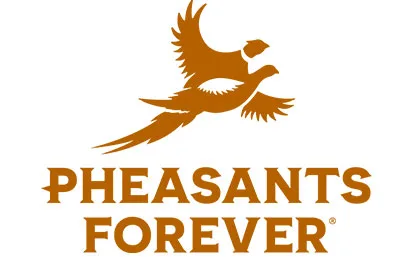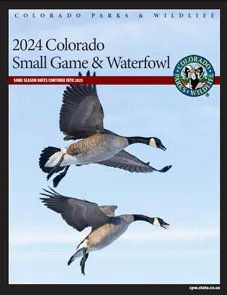In the grand scheme of things, preseason predictions are almost irrelevant. Sometime after the Nov. 9 pheasant season opener, you’ll either be walking the field with a shotgun or you won’t, and that’s pretty much that.
Just look at the numbers. In terms of pheasants per hunter, 2008 was slightly better (three birds on average) than 2012 (2.75 birds each). And yet, during that four-year span, the average number of hunters in the field in Colorado doubled from around 13,500 to more than 27,000. The number of pheasants bagged per hunter, meanwhile, has declined steadily since a record year in 2010 (about 17,740 hunters bagging four each), yet the number of hunters (and days spent hunting) continues to rise.
Whether those numbers say something about the quality of the hunter or the quality of the hunting is a topic for another discussion. In the here and now, the numbers are a reflection of Coloradans’ growing love affair with chasing ringnecks. Returning home with dinner seems about as relevant as those preseason predictions.
Just the same, most of us would prefer to walk through the door with a few birds in hand, so it’s nice to have some idea where to look. And it’s also nice to hear some qualified Farm Bill wildlife biologists say right up front that pheasant hunters can expect improved conditions in the field this fall.
So, here’s the skinny, straight from the trio of eastern plains biologists working with Pheasants Forever, Colorado Parks and Wildlife and the Natural Resources Conservation Service. Looks like it could be a decent year, north to south.
Northeast Colorado
From Jerry Miller, Farm Bill biologist (Logan, Sedgwick, Phillips and Washington counties)
Pheasant populations rebounded this year in areas where there was residual cover from 2012. Landowners who have invested in establishing quality nesting and brood rearing habitat report seeing respectable pheasant numbers. The year started off a little dry, but mid- and late-season rains helped the cover reach adequate height for the coming winter.
To ensure success, folks should scout the areas they plan to hunt. Early continuation of the 2012 drought put a lot of pressure on CRP acres to be hayed or grazed. Hunters should look for areas that haven’t been hayed, along with tall residual grass cover that has a strong alfalfa component next to cropped fields. Spots with all the required habitat components for pheasants will likely provide good hunting opportunities.
East Central Colorado
Shannon Bowling, Farm Bill biologist (Kit Carson, Yuma, Cheyenne and Lincoln counties)
While the drought did continue into early summer, east central Colorado also received some much-needed moisture this year. Nesting and brood-rearing cover was not ideal, but it was much improved from what we saw during last year’s record-setting drought. Hunters that do their scouting should find some improved CRP cover and crop stubble that could provide conditions for good hunting.
Pheasants Forever has been working with NRCS and CPW to assist landowners in providing some great pheasant habitat through Mid-Contract Management activities used to reinvigorate the grass and forb growth on the many CRP acres throughout eastern Colorado.
Southeast Colorado
Brandon Dye, Farm Bill biologist (Prowers, Bent, Baca and Kiowa counties)
Conditions in the southeast are on the upswing. Despite the region remaining in the “exceptional drought” category throughout the nesting and brood rearing seasons, late-summer rains provided a much-needed boost to grasses and forbs, giving second-nest attempt broods the opportunity to thrive.
Opportunities for success are available for those willing to do their homework and put in the effort on the ground. Hunters can find decent numbers of pheasants and both species of quail in focal areas that were subject to the isolated heavy precipitation events in July, and in the CRP acreages that were not overly impacted by emergency haying and grazing in the past two years.
CPW has once again provided ample opportunity through the Walk-In Access program in the southeast. Some of these acres are pivot corners enrolled into CP33 practice of the CRP program. These buffers for upland birds provide critical year-round habitat structure with a mix of grasses, forbs and shrubs. Coupled with the close proximity to crop fields, these buffers can provide a chance for encounters with all the upland species of the southeast.
Walk-in access coordinates
CPW built its WIA maps with embedded coordinates to make it easier to locate fields from the field. Hunters can download GeoPDF maps from the CPW website, browse fields and bring up coordinates on their home computer. Apps are also available for download from the Apple store that access latitude and longitude coordinates embedded in the maps. Visit this website.
Read more: Experts analyze pheasant hunting prospects throughout Colorado – The Denver Post http://www.denverpost.com/outdoors/ci_24414530/experts-analyze-pheasant-hunting-prospects-throughout-colorado#ixzz2mZfwqcJJ
Read The Denver Post’s Terms of Use of its content: http://www.denverpost.com/termsofuse
Follow us: @Denverpost on Twitter | Denverpost on Facebook










